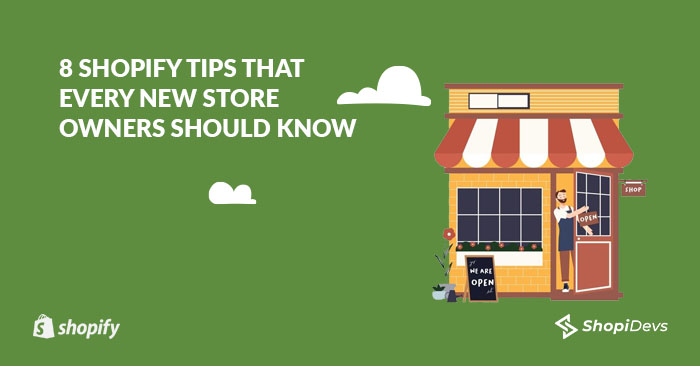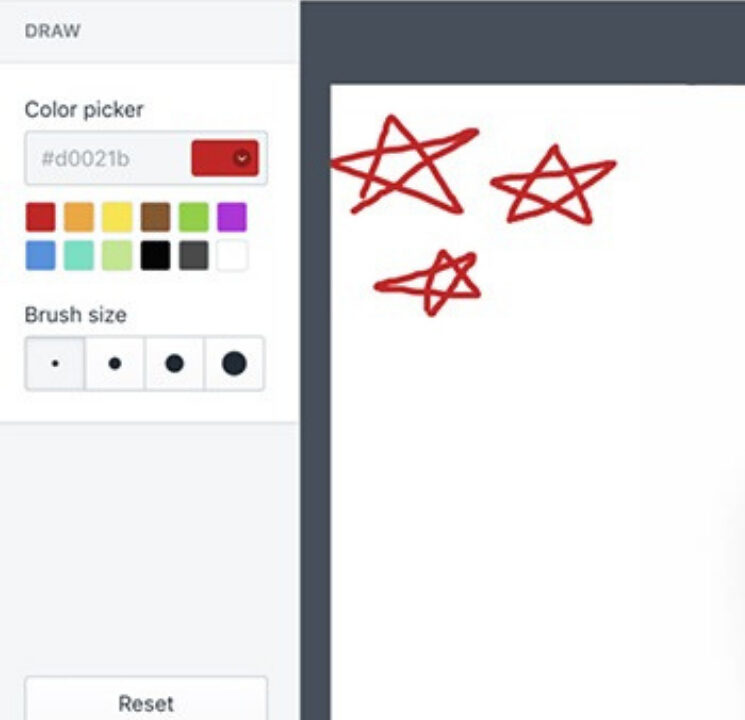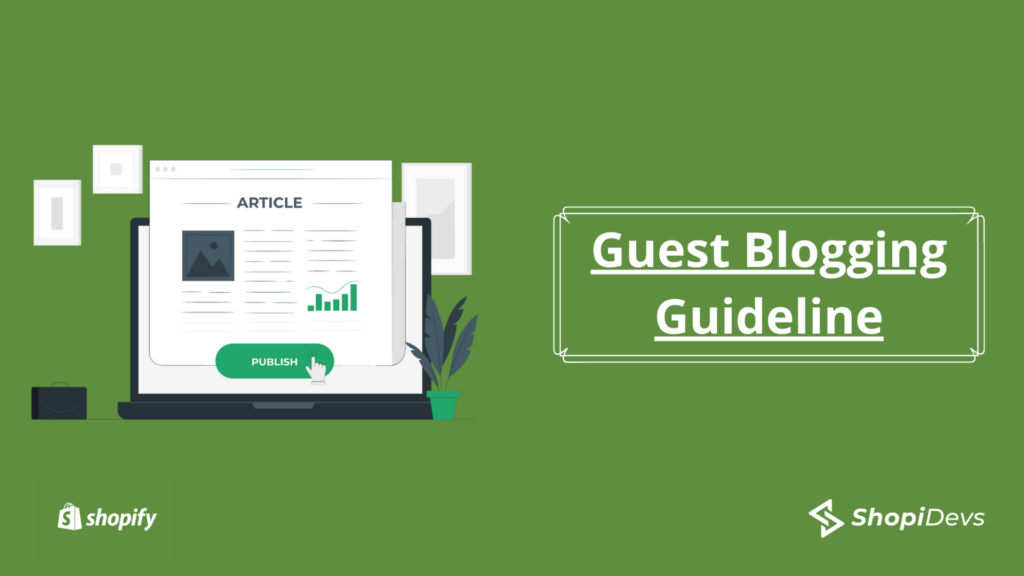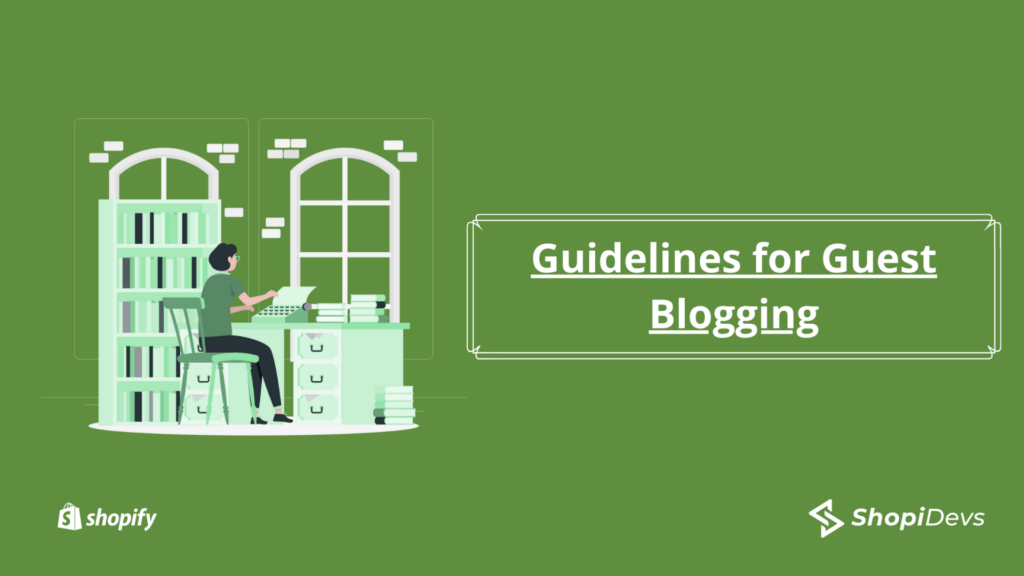Shopify is now one of the most established platforms to create and run an eCommerce business. Most of the users get good feedbacks from their customers which is very beneficial for the users. And if you are new as a store owner to this business then there are some very important Shopify tips for you to run the business and these tips will surely be very effective for them. So let’s discuss these tips:
1. Create a Text Logo
All articles, including some of mine, recommend creating logos. And of course, you definitely want a logo. However, most of the time when we look at a new store logo, it is always painfully obvious that the store owner lacks design skills. It’s true, you can use a logo maker to create a logo for yourself. Helps you design a logo without any design skills required.
However, one of the biggest mistakes is when people have a colored background in the store and they have downloaded their logo as .jpg instead of .png and you end up with this awkward white box around your logo. And this makes you a dead giveaway for being a new total.
We know you’ve worked a lot to choose your name and design a logo that looks great. However, the one thing we want to emphasize more than anything is that having a text-based logo is fine. Your logo doesn’t need an image at all.
Brands like Lulus or MVMT Watches have very minimalist logos. They can add a small graphic next to their name. But generally, the emphasis is on the name rather than the design.
As a store owner, you will wear a lot of hats. And if you’re building a print-on-demand store, design skills are one of those hats.
You should also be careful with the resolution of the image. Many stores will have pixelated logos because they did not create a logo of the correct size for the platform. Each theme will have its own dimensions for which you will need to optimize your logo. You can contact your theme creator to get the correct logo dimensions.
2. Remove Logos with the Drawing Tool
At first, one of the most useful Shopify tips is that with Shopify you can now draw on your product photos. A practical way to use this feature would be to remove logos from your photos. As you can see in the photo below, we drew a red line. You can clearly see that the line is broken and this was done using the white brush to remove part of the red line. If you have a logo on your white background photo, using the white brush can be a handy way to easily remove the logo.
However, not all photos will have the logo on a plain white background. Sometimes the logo will be placed on a photo. Fortunately, the color picker allows you to add any color code so that you can match and draw in the exact color.
3. Add All Your Policies to the Footer
One of the most important things new store owners forget is adding policies to their website. Often times when customers browse websites they want to check return policies to make sure they can get a refund in case the products are faulty. Policies also add an element of legitimacy to your website. Helps build trust.
Fortunately, you don’t need to manually create your own policies from scratch. You can take or modify one in your Shopify admin. However, keep in mind that you will need to follow your website’s policies. If you accept refunds in your policies, you must also accept refunds when requested by a customer.
4. Update Your Product Inventory Monthly
What you want to send to Google (organic traffic powerhouse) is that you update your website regularly. If you publish all of your products on the first day and you never publish another product again, Google sees that you are getting traffic, but they don’t see the need to crawl your website. When you add new products, blog posts, or pages regularly, Google’s crawlers know this.
And it is also one of the most effective Shopify tips that the more you update your website, the more active it will appear, and therefore the more organic traffic will return to your website.
So, as an online retailer, create a schedule of how often you can manage the addition of new products. If you can make a new product a day, great. If you can only make 25 products a month, great too. But try to stick to a schedule that you can stick to for the long term to benefit from organic search traffic.
5. Customize the Theme as Little as Possible
Shopify allows you to customize your theme however you want. Amazing! But just because you can customize it anyway doesn’t always mean you have to. So if you are a new entrepreneur, one of the Shopify tips that we recommend you follow is to customize your store as little as possible.
A professional designer created the theme that you installed in your store. If it worked well enough to install, it can also work very well for converting clients.
When it comes to theme design, focus on changing the images to make them relevant to your brand. If your theme works better for a certain number of products, optimize your store for that number or change your theme.
The most important lesson we want you to take with this is that if you don’t have the design skills, it’s okay to trust your theme designer. Our best-converting store kept most of their theme design intact with slight changes to the images and a couple of homepage layout modifications. However, the Google fonts, the color palette, and the overall look of the store remained the same.
Companies hire professional designers to modify the look of their websites. If it is not broken, do not fix it. Save energy to promote your business.
6. Promote on Free Channels if You Don’t Have the Budget
Most people who are running an online store for the first time want to make money as quickly as possible. And then they turn to Facebook ads so they can hear their first church ching. We love that ambition you have. But if you’ve never created a Facebook ad in your life, your first ad is more likely to generate an oh no type.
To grow your bank account, you need to be careful how you spend your money.
First, add your Facebook Pixel to your website. Then create a retargeting ad on your website. This could be an ad to redirect the cart that tends to convert the best.
Now, to avoid spending too much money, focus all your efforts on driving free traffic to your website. Go to Pinterest and post a ton of products to your account. Make sure to pin other images as well so you don’t trigger your account as spam. You want to promote a lot but follow the terms of service.
Then go to Instagram and post your products there too. If you’ve already built a following on Instagram, share links to your products on Instagram Stories. If you don’t have an audience, reach out to niche fan pages like “fashionistas” and ask if they can share a sponsored story on your account. In our experience, fan pages have lower ad rates than models.
This can be a slow game in the long run. However, by doing this, you will be less likely to break even in your acquisition costs and could actually build a profitable online store.
7. Always Test Your Store’s Mobile Setup
Before running your first ad campaign, you need to double-check to see how your website looks on mobile devices. For example, when you create an ad, not everyone will see the website on their laptop. Some can view the ad on their phone or tablet.
Sometimes when looking at your website on a different device, you may notice that the images are not resizing correctly. Knowing that the model’s face in the image is cropped, you can choose to crop the image differently so that it appears in the same format as the desktop version.
Mobile testing is especially important if your main sources of traffic are ads, influencer marketing, or if the traffic is coming from an app like Instagram or Pinterest.
To test on mobile devices, all you need to do is visit their website on your phone or tablet. Explore each page of your website and find cutout images, hidden calls to action, and control how much scrolling you need to do on each page.
You May Also Read: High Impact Strategies To Drive Traffic To Shopify Store
8. Install Ready-to-Use Products in Your Store
If you’ve just signed up for Shopify or are thinking of signing up for Shopify, you may not know what to sell. Some Shopify store owners sell unique products that they create themselves. Other online retailers buy inventory in bulk at wholesale prices. You can also create print-on-demand products that allow you to customize your own products.
The fastest way to start an online store is to sell proven products. You can also view trending products to find the best-selling products at the moment. By selling proven products instead of trying to create your own, you stay ahead of success.
The great thing about selling found products is that you don’t need to buy inventory upfront. You only pay for the product once it is sold to a real paying customer. This helps keep startup costs down, making it a bit more affordable for the average person to start a business.
Conclusion
These Shopify tips will help you simplify the process of running your online store. We know that as a store owner you always try to do everything for increasing your eCommerce business. That,s why we try to introduce you to these selective Shopify tips. Hopefully, these tips will help you with your business. Please share your experience with us by giving comments in the comment section below.




